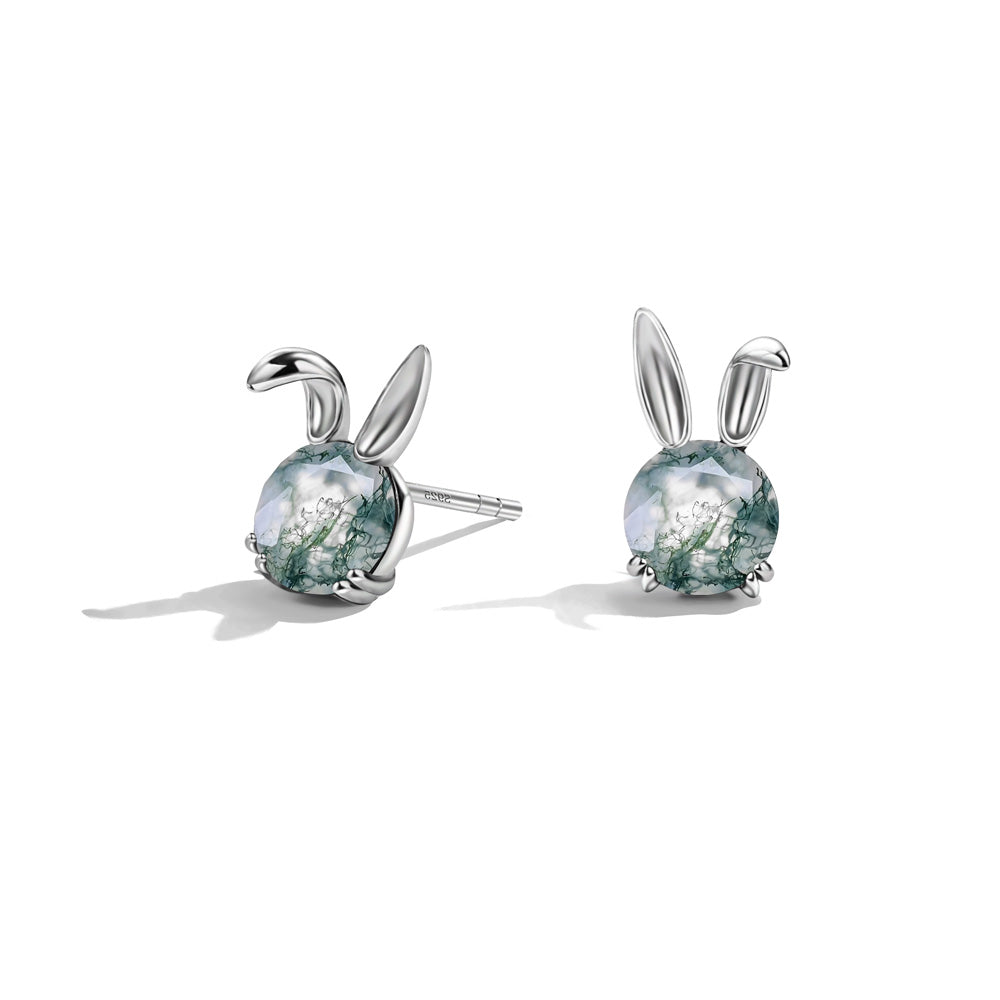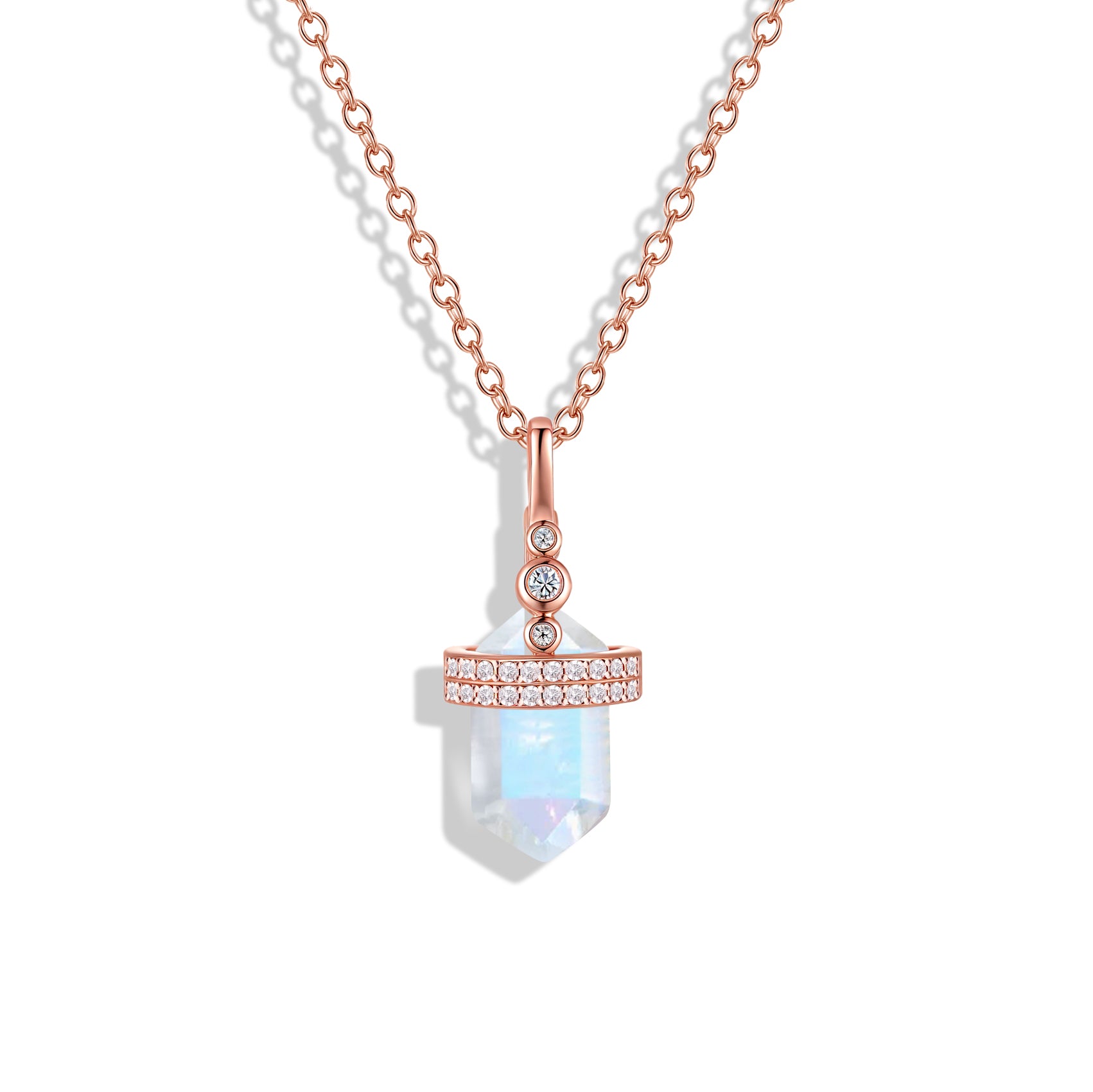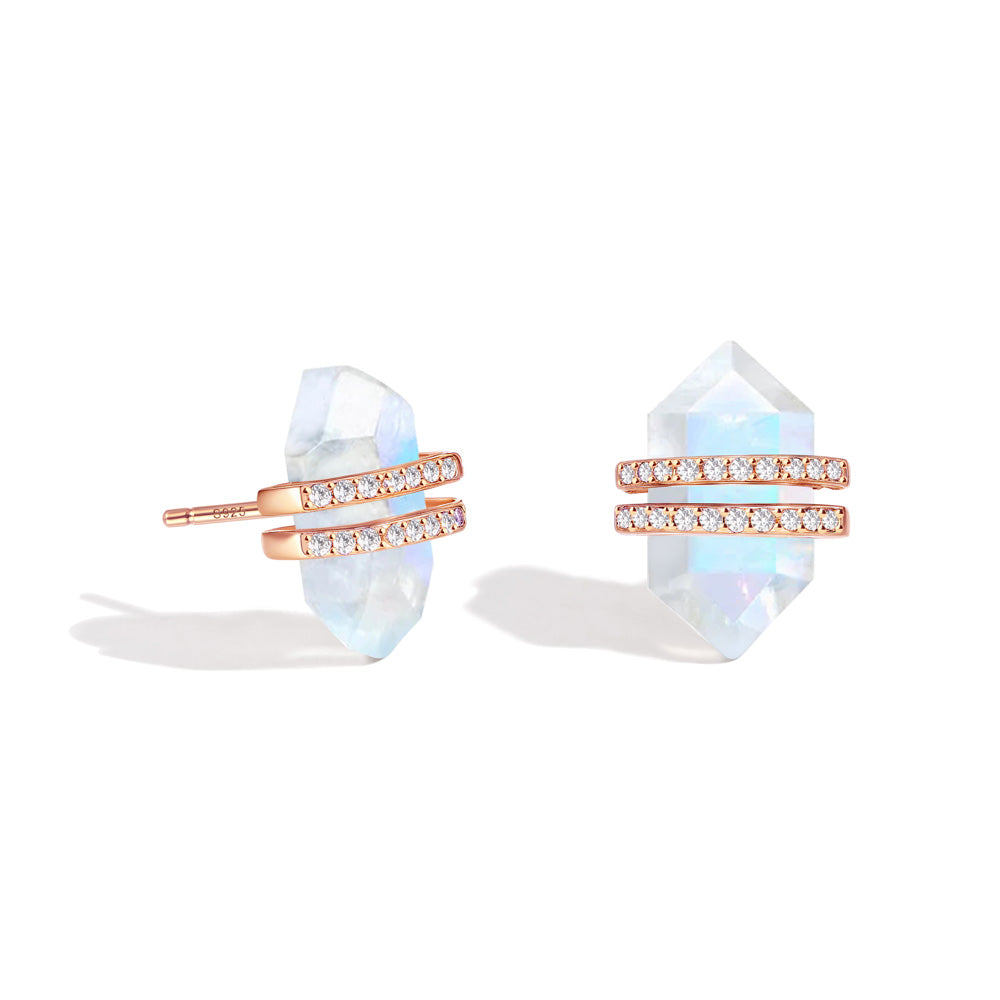What is Jade?
Not only is jade an ornamental gemstone often used in jewelry, but the symbolism of jade has a rich history that goes beyond the beauty of the stone. This gemstone is revered in many cultures and continues to be one of the most popular gemstones on the market.
Jade is known for its vibrant green color, but it can also contain other hues that make it beautiful and decorative. This gemstone also offers melodic resonance, which is why it has been used for musical instruments throughout history.
The symbolism of jade has long been associated with wealth and nobility. In China, the meaning of jade crystal was “king,” and it signaled authority and high rank in society. It has long been viewed as a protector of generations for both the living and the dead. The virtues of this stone are equity, courage, goodness, knowledge, divination, harmony, skill, wisdom, rectitude, and charity.


















